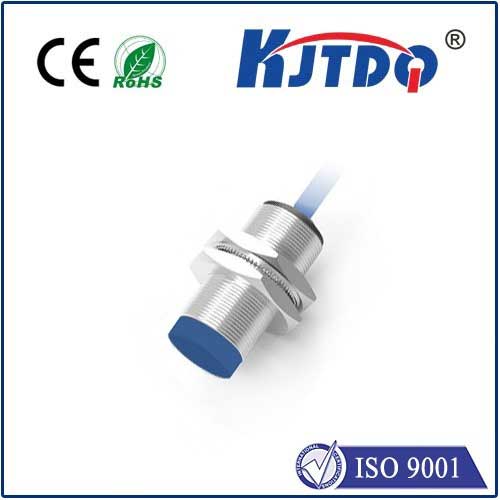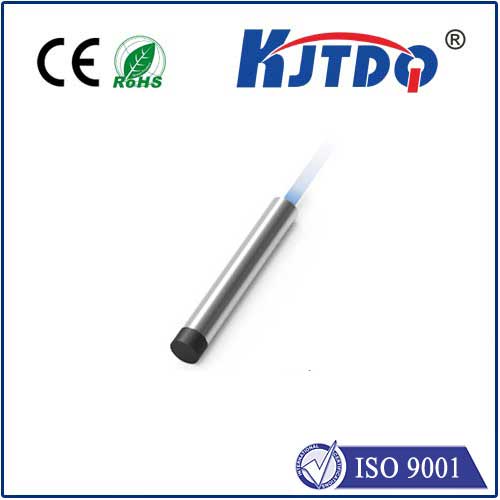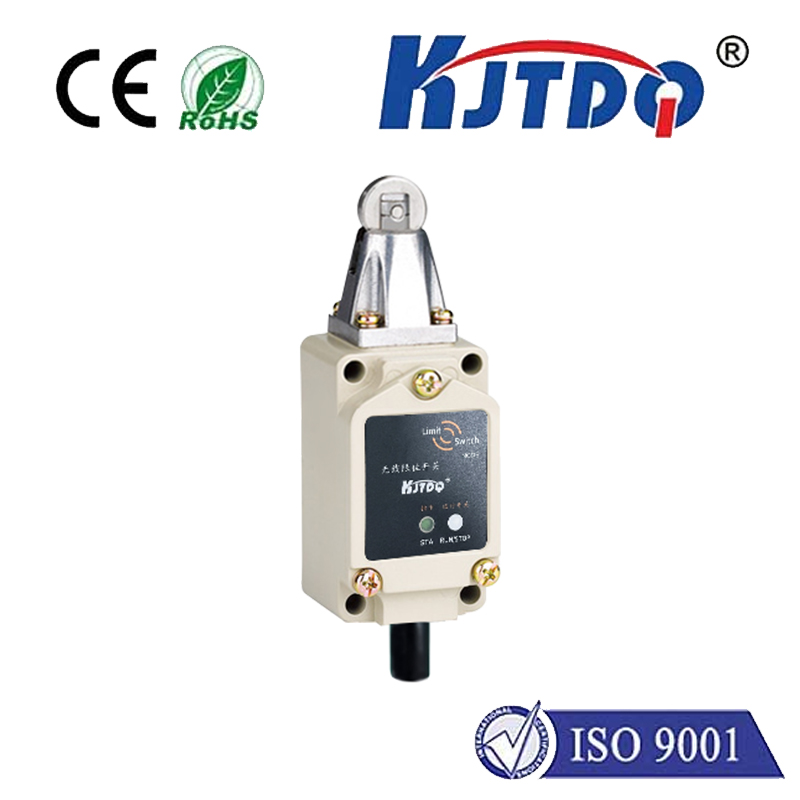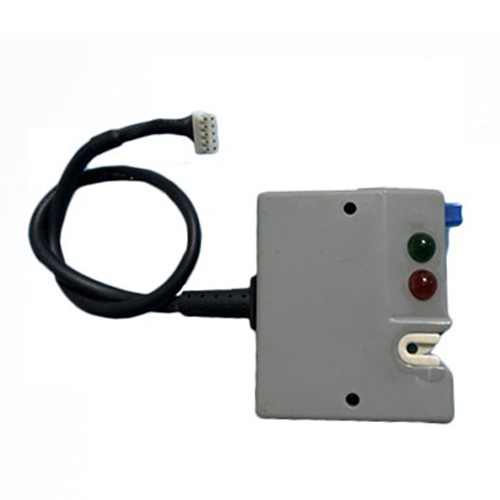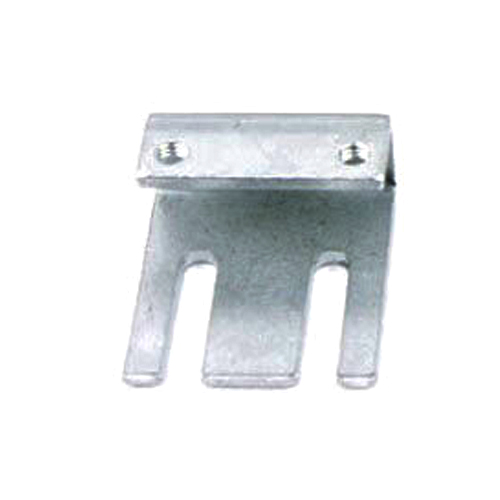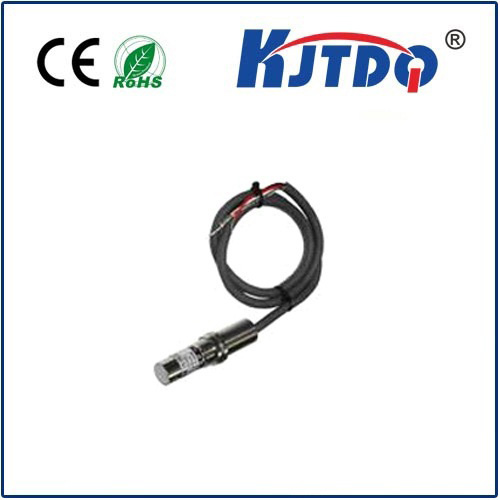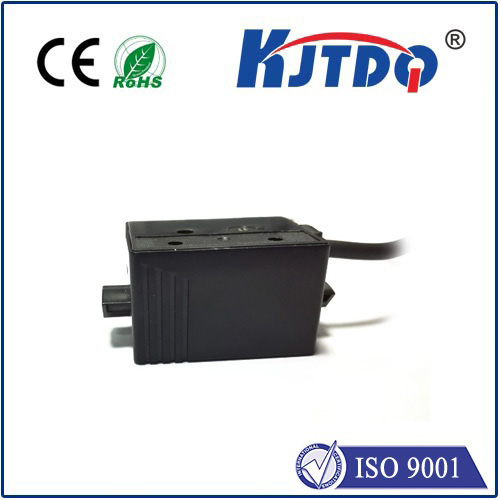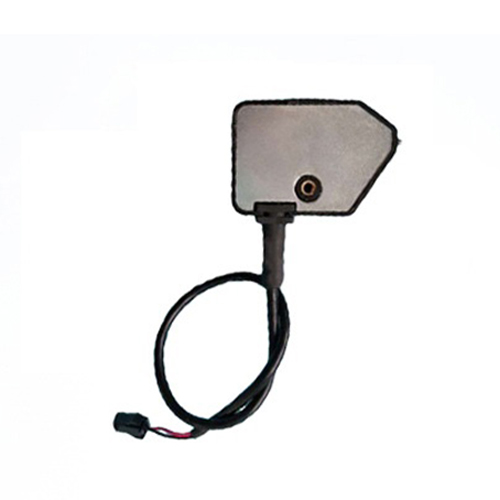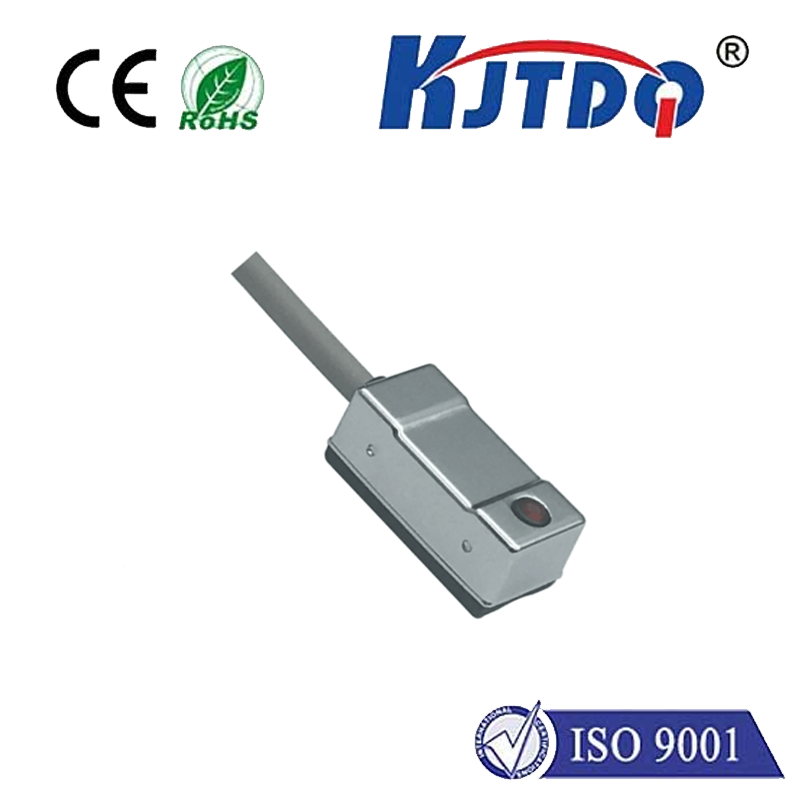mobile crane limit switch
- time:2025-08-06 11:08:13
- Click:0
Mobile Crane Limit Switches: The Silent Guardians Preventing Catastrophe
Imagine a crisp morning on the bustling construction site of a new high-rise. A powerful mobile crane smoothly hoists a critical pre-fabricated section high above the ground. The operator, focused and skilled, maneuvers the load towards its position. Suddenly, without warning, the crane’s boom strains against an unseen obstacle – it’s reaching its absolute maximum angle. Milliseconds later, movement halts. No collision, no panic, just the subtle hum of machinery stopping precisely where it should. This is not luck; it’s the critical intervention of a mobile crane limit switch.
A mobile crane limit switch is far more than a simple component; it is an indispensable safety device, a fail-safe mechanism integrated into the crane’s control system. Its sole purpose is to detect when a crane’s movement – whether hoisting, lowering, luffing (raising or lowering the boom), telescoping, or slewing (rotating) – approaches a predetermined physical or operational limit. When this boundary is breached, the switch acts decisively, cutting power to the relevant motion and preventing potentially disastrous consequences like overloading, collisions, structural failure, or tipping.
Why Are These Unassuming Switches So Vital?
The sheer power and scale of mobile cranes mean that operational errors or mechanical failures can have devastating results. Limit switches provide an automated, reliable layer of protection beyond the operator’s vigilance:

- Preventing Overloads: Hoist limit switches are paramount. They monitor hook block height. When the block ascends too close to the boom tip or crane structure, the switch triggers, stopping upward movement. Crucially, reliable limit switches prevent catastrophic events like two-blocking, where the hook block collides with the boom tip or sheave assembly, potentially snapping cables or causing the load to plummet.
- Avoiding Structural Damage: Boom angle limit switches prevent the boom from exceeding its maximum safe luffing angle, which could place unsustainable stress on the boom and jib structure, risking buckling or collapse.
- Safe Rotation: Slew limit switches restrict the crane’s rotation to prevent the boom or counterweights from swinging into obstructions, adjacent structures, power lines, or other cranes operating in confined spaces.
- Controlling Extension: On telescopic booms, telescope limit switches ensure booms do not retract or extend beyond their designed safe lengths, safeguarding the boom structure and hydraulic systems.
- Protecting Against Overturning: While primarily a function of load charts and stability indicators, correctly functioning limit switches contribute to overall stability by preventing movements that could shift the center of gravity dangerously.
How Do Mobile Crane Limit Switches Actually Work?
These devices operate on elegantly simple principles, making their reliability crucial:
- Mechanical Activation: The most common type involves a physical actuator (like a lever, roller, or cam). As the crane component (boom, hook block, etc.) moves, it eventually contacts the actuator. This physical force mechanically trips the switch.
- Electrical Control: Once tripped (mechanically, magnetically, or otherwise), the switch’s internal contacts change state (open or close). This interrupts or reroutes the electrical signal controlling the specific motion circuit.
- System Intervention: This signal change is instantly read by the crane’s PLC (Programmable Logic Controller) or control system. The system reacts by immediately cutting power to the relevant drive motor or hydraulic valve for that movement direction. The crane stops at the safe limit, often requiring a deliberate reset procedure by the operator to reverse direction.
Common Types of Limit Switches Found on Mobile Cranes:
- Rotary Cam Limit Switches: Often used for slew control. A cam profile rotates, activating micro-switches at precise angular positions.
- Lever Arm Limit Switches: Common for boom angle and hook height. A lever arm is deflected by the moving part.
- Proximity Sensors (Magnetic/Inductive): Non-contact switches used where physical contact isn’t desirable or practical. They detect the presence of a metal target when it comes within range.
- Reed Switches: Often paired with magnets on moving parts (like the hook block). Magnetic field proximity activates the switch.
The Critical Need for Vigilance and Maintenance
Limit switches operate in harsh environments – exposed to vibration, dust, moisture, temperature extremes, and incidental impacts. Their reliability is paramount, making regular inspection and maintenance non-negotiable:
- Routine Testing: Operators should functionally test limit switches daily during pre-operation checks, verifying they stop motion before reaching the physical limit.
- Visual Inspections: Look for physical damage, corrosion, loose wiring, obstructions blocking actuators, or excessive wear. Damaged switch housings or cracked levers are red flags.
- Cleanliness: Keep switch mechanisms free of dirt, debris, grease buildup, and ice, which can impede movement or cause false triggers.
- Calibration & Adjustment: Over time, wear or minor impacts can alter a switch’s triggering point. Certified technicians should inspect and adjust or calibrate limit switches according to the manufacturer’s schedule and after any incident.
- Never Bypass: Under no circumstances should limit switches be bypassed or “jumpered out” for operational convenience. Doing so removes a vital safety layer and is illegal and highly dangerous.
Beyond Compliance: An Investment in Safety and Uptime
While adherence to OSHA, ANSI/ASME B30.5, and other crane safety standards mandates functional limit switches, their value transcends mere compliance. They are a fundamental risk mitigation strategy:
- Personnel Safety: Preventing catastrophic crane failures is the ultimate protection for operators and everyone on the site. Limit switches save lives.
- Asset Protection: Avoiding collisions, structural damage, or dropped loads protects the expensive crane itself and surrounding structures.
- Operational Continuity: An incident caused by a faulty limit switch can lead to prolonged site shutdowns, investigations, repairs, and costly delays. Proper switch maintenance maximizes uptime.
- Reduced Liability: Proven adherence to safety protocols, including maintaining critical safety devices like limit switches, significantly reduces legal and financial liability in the event of any incident.
Mobile crane limit switches are the unsung heroes of the construction site. Silent and often unnoticed, they stand ready as the last line of defense against human error and mechanical strain. Understanding their vital role, ensuring their meticulous maintenance, and respecting their function is not just good practice; it’s the bedrock of safe, efficient, and responsible crane operation. Investing in these essential safety components is truly an investment in lives, assets, and the smooth progress of every project.






